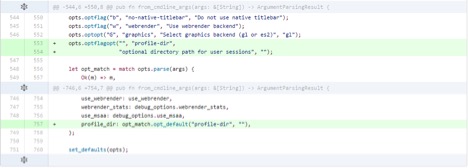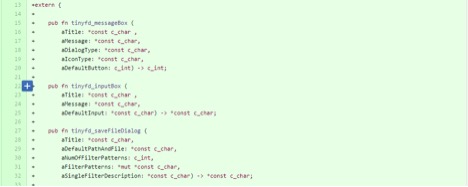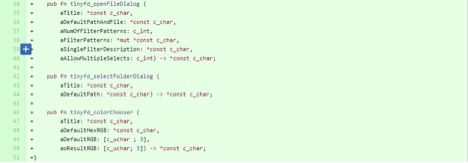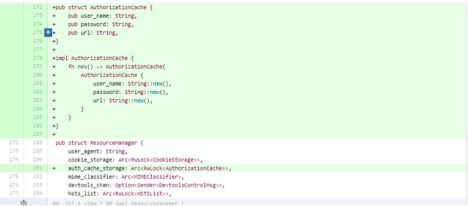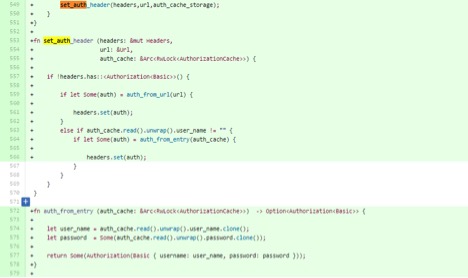M1606: Implementing HTTP authorization UI and persistent sessions
M1606: Implementing HTTP authorization UI and persistent sessions
Web pages make use of sessions all the time. These are required to persist throughout the life of the user's interaction with the web site or web application.This is supported by Servo as of today. However it doesn't support the persistence of data upon the closing and reopening of the web browser.<ref> https://github.com/servo/servo/wiki/Persistent-sessions-student-project</ref>
With this project we aim to create the necessary infrastructure to support this.
Introduction
Servo
Servo is a web browser layout engine written in Rust and is currently being developed by Mozilla Research. The aim of the project is not to create a full browser but is rather to create a highly parallel environment that allows for many components be handled by fine-grained, isolated tasks. Servo is built on top of Rust to provide a secure and reliable foundation and is focused on creating a reliable and fast browser engine.<ref>https://en.wikipedia.org/wiki/Servo_(layout_engine)</ref>
Rust
Rust is a multi-paradigm, compiled programming language that is a good language for creating highly safe systems. Rust and Servo have a symbiotic relationship as the development of servo has influenced the design of the language. Rust is a modern, fast, memory safe and multithreaded programming language that focuses on speed and safety for developing reliable and efficient systems. It eliminates all data races by having numerous compile-time safety checks that adds no runtime overhead.<ref>https://en.wikipedia.org/wiki/Rust_(programming_language)</ref>
Previous Related Work
A Wiki Page regarding this work can be found here
1) Added a new command line flag --profile-dir [path] that stores an optional directory path in the Opts struct in opts.rs, creates the directory if it does not exist.
2) Created Rust FFI bindings for the tinyfiledialogs library to allow calling the C methods from Servo.
3) In resource_thread.rs, defined an HTTP authorization cache storage (username, password, URL) and instantiated it like the cookie_storage member (inside an Arc<Rwlock<>> value, to enable sharing it between threads).
4) In modify_request_headers in http_loader.rs, implemented the remaining pieces of step 12 of the appropriate specification using the authorization cache.
Scope
The scope of this project is to:
1)
2)
3)
4)
Design Patterns
The team was not given much freedom for design patterns. We followed and used the existing servo design strategy. You can read about the servo design here
Implementation / Design Decisions
Here are some of the design decisions that we have made for implementing the steps mentioned in Scope :
Step 1
Objective:
Step 2
Objective:
Step 3
Objective:
Step 4
Objective:
Testing
Testing the new command line flag --profile-dir
Steps for Testing the new command line flag --profile-dir can be found here
Unit Test for set authorization header if url does not have credentials
Steps for Unit Tests for set authorization header if url does not have credentials can be found here
GUI test for the tinyfiledialogs lib
Steps for GUI test for the tinyfiledialogs lib can be found here
References
<references/>
